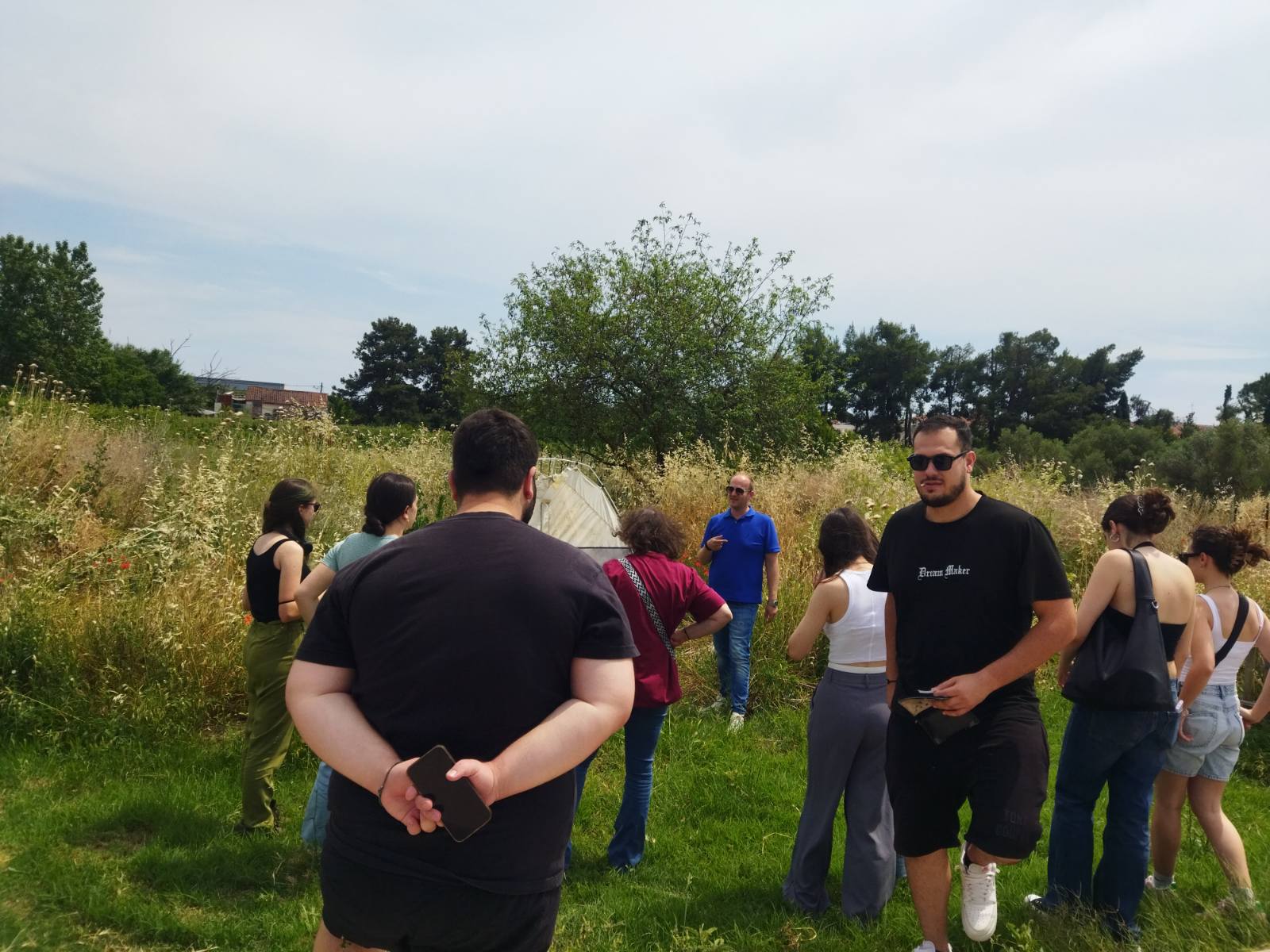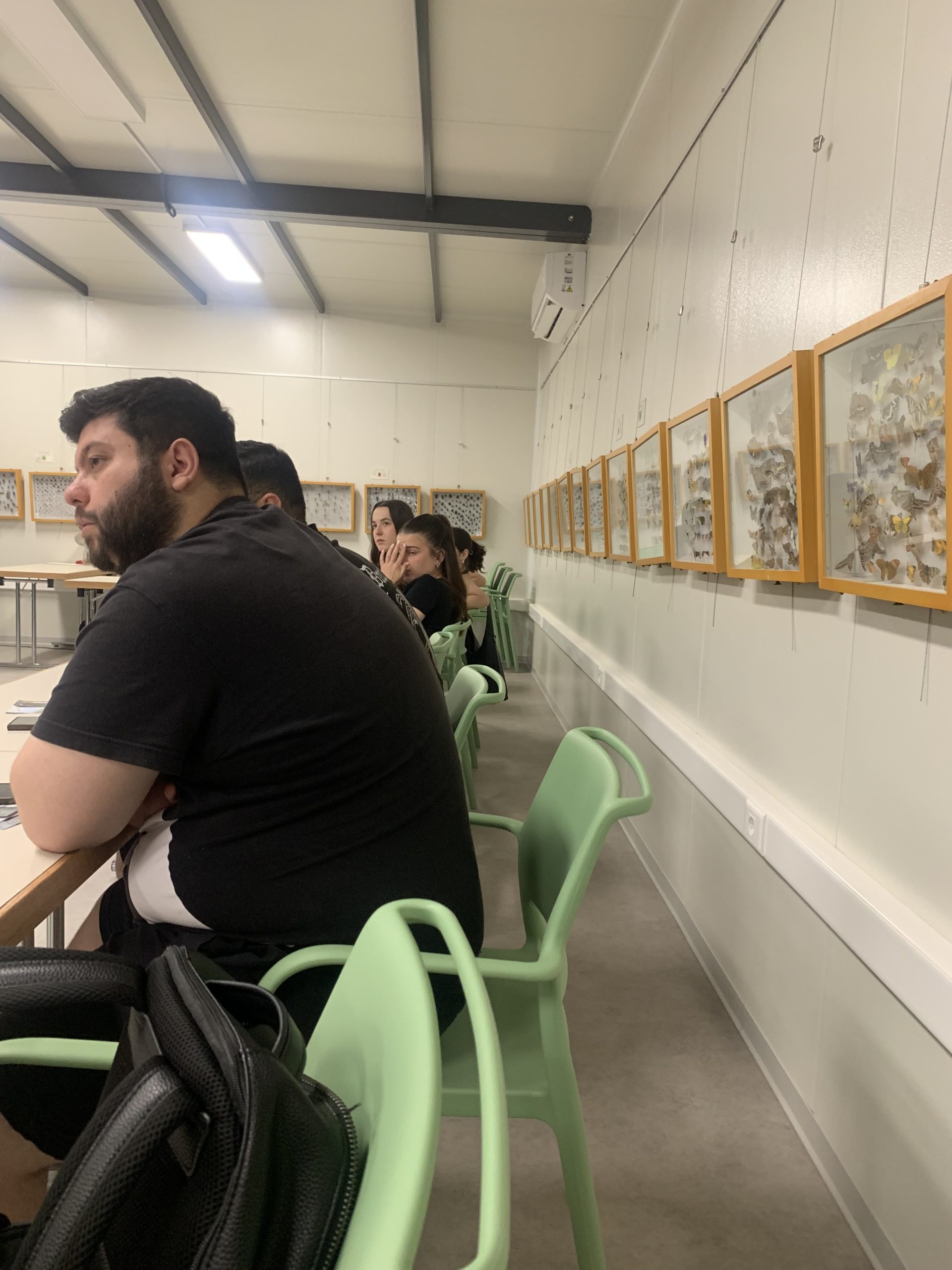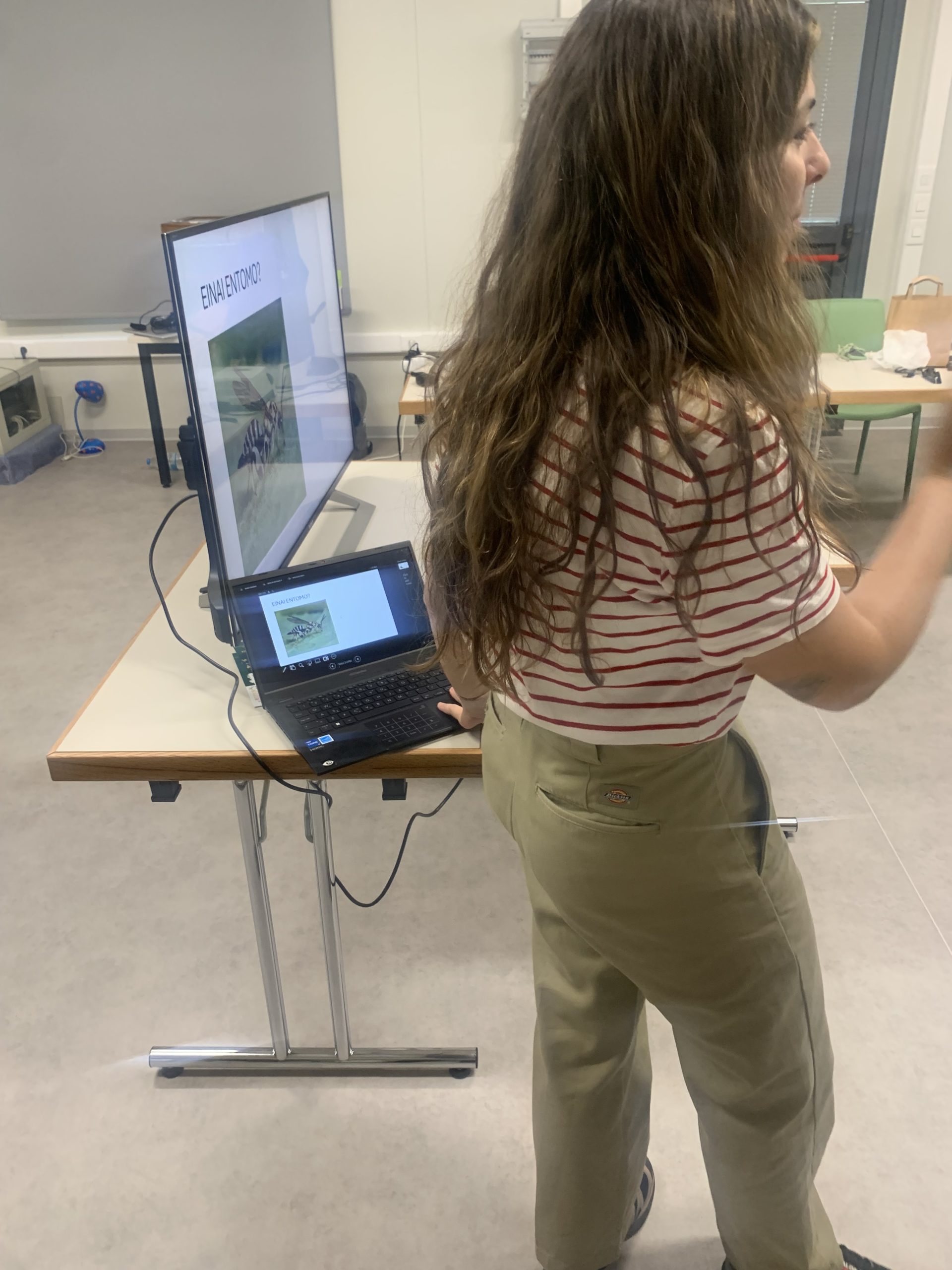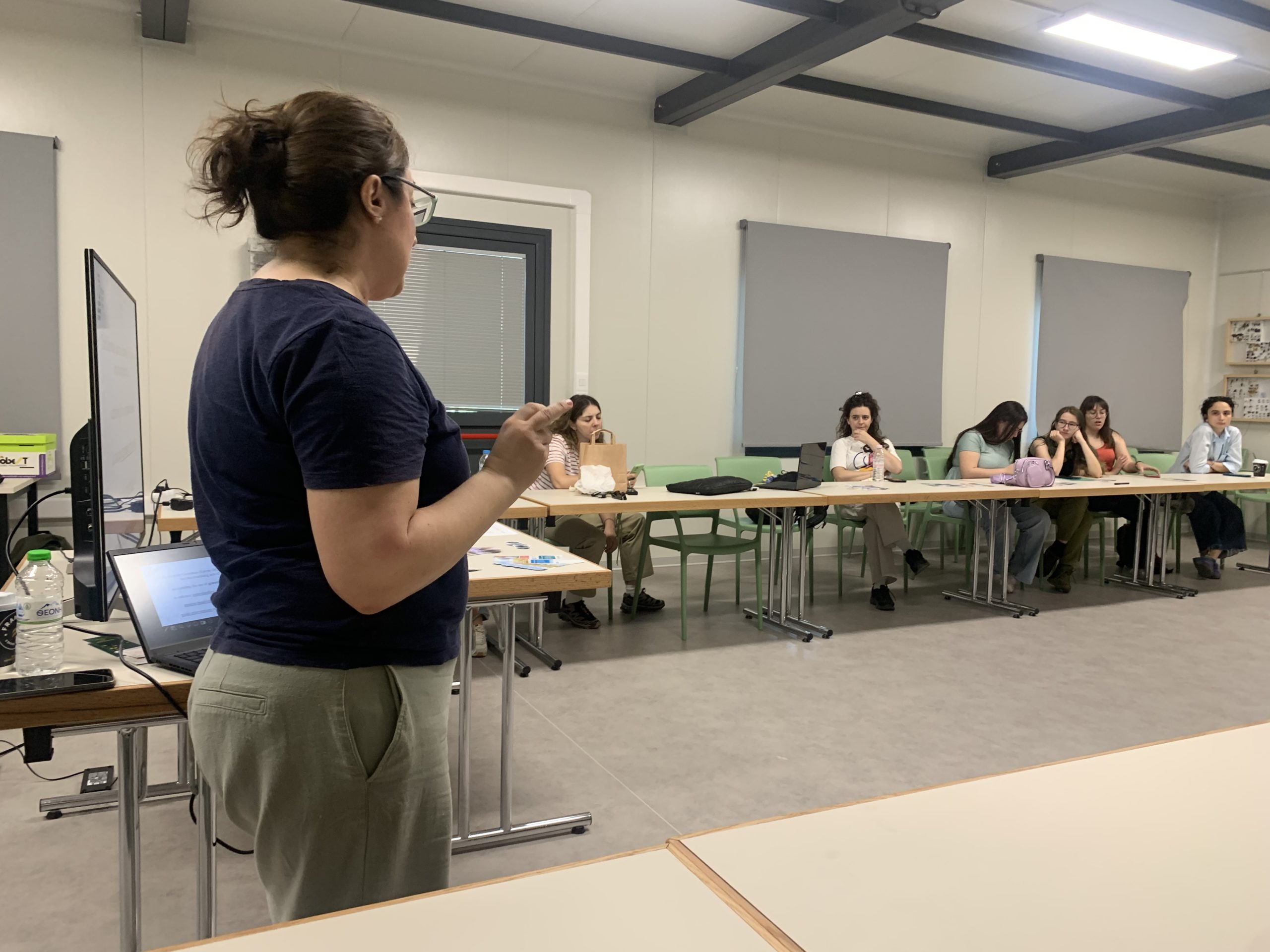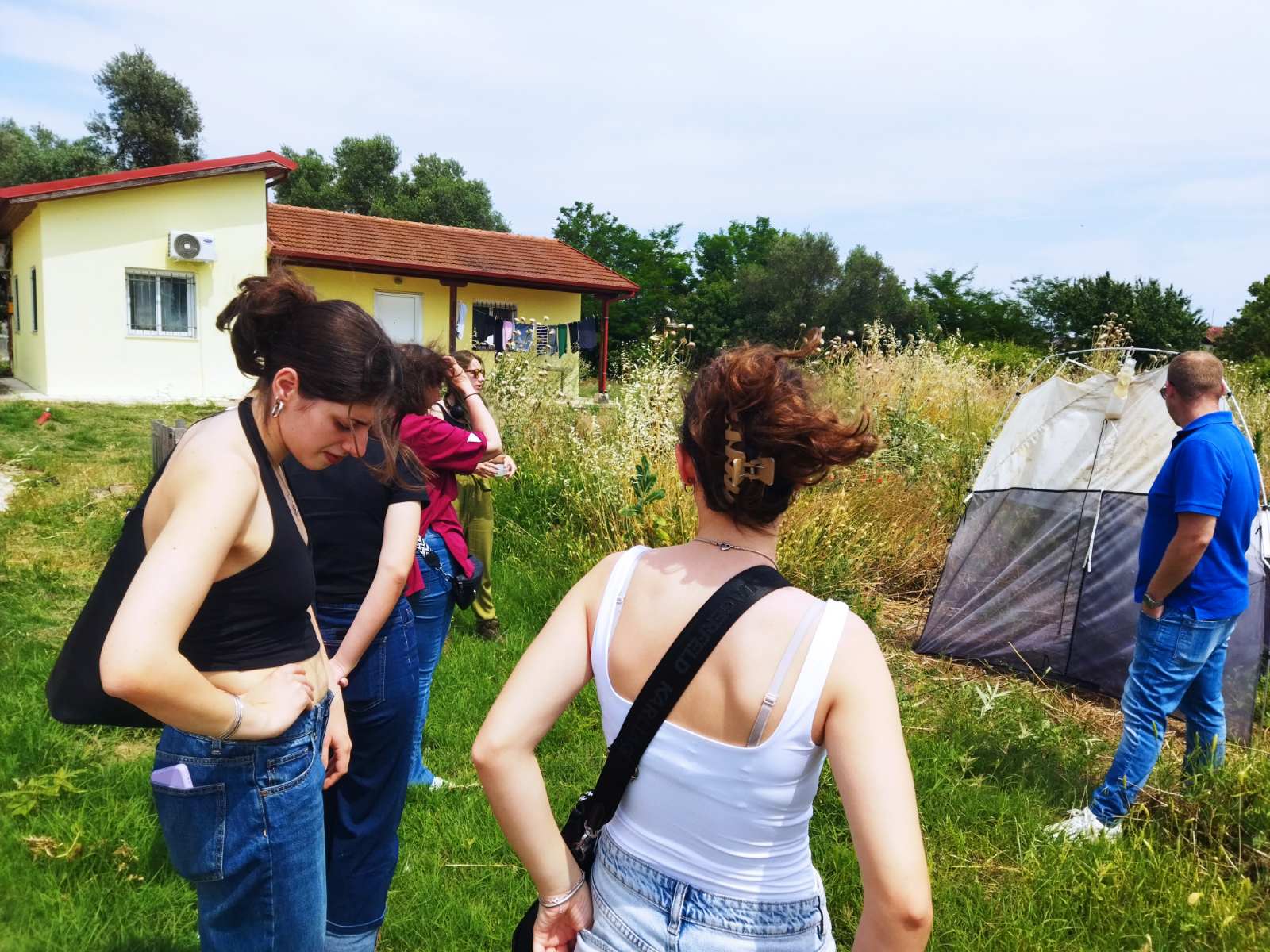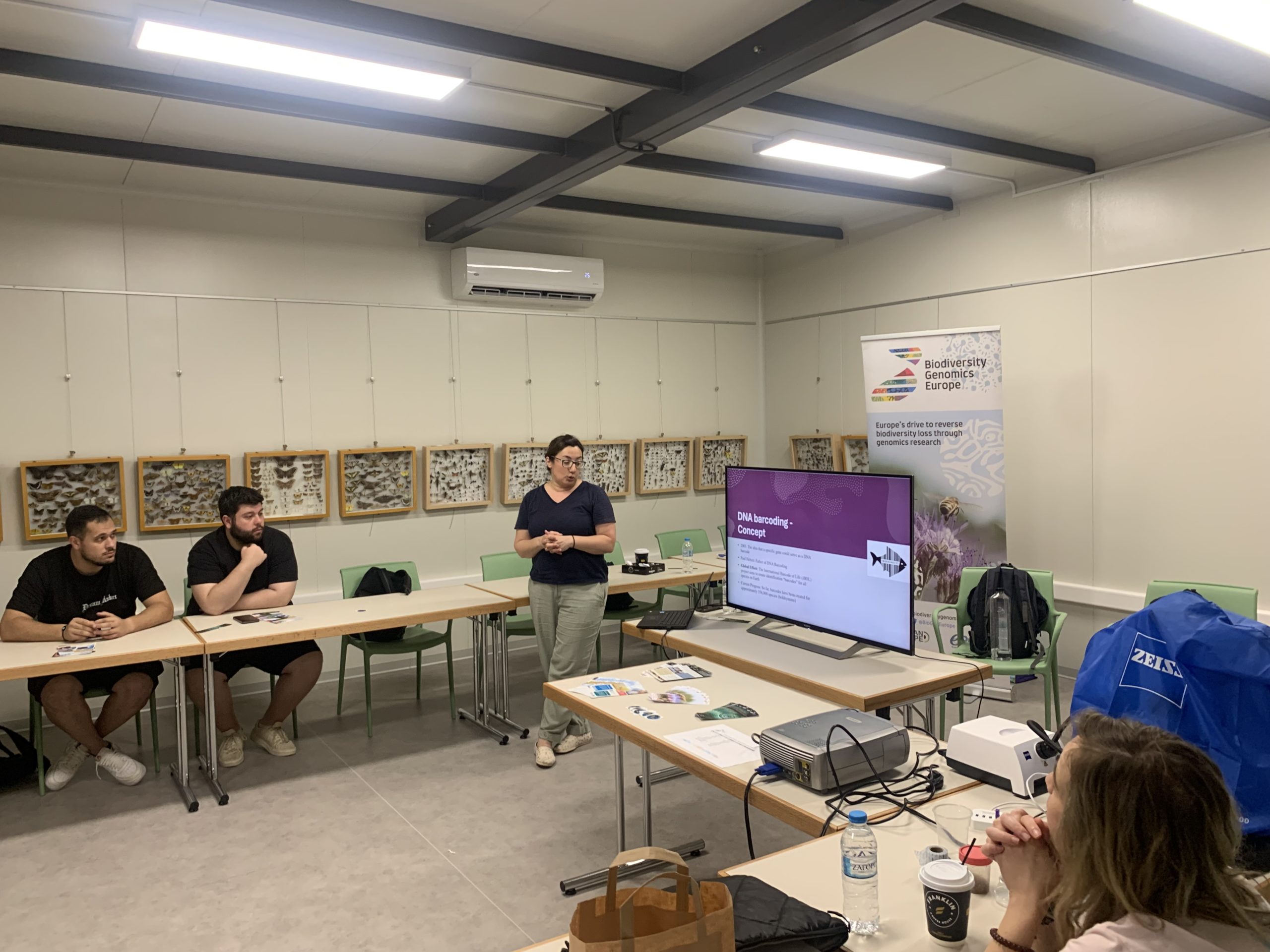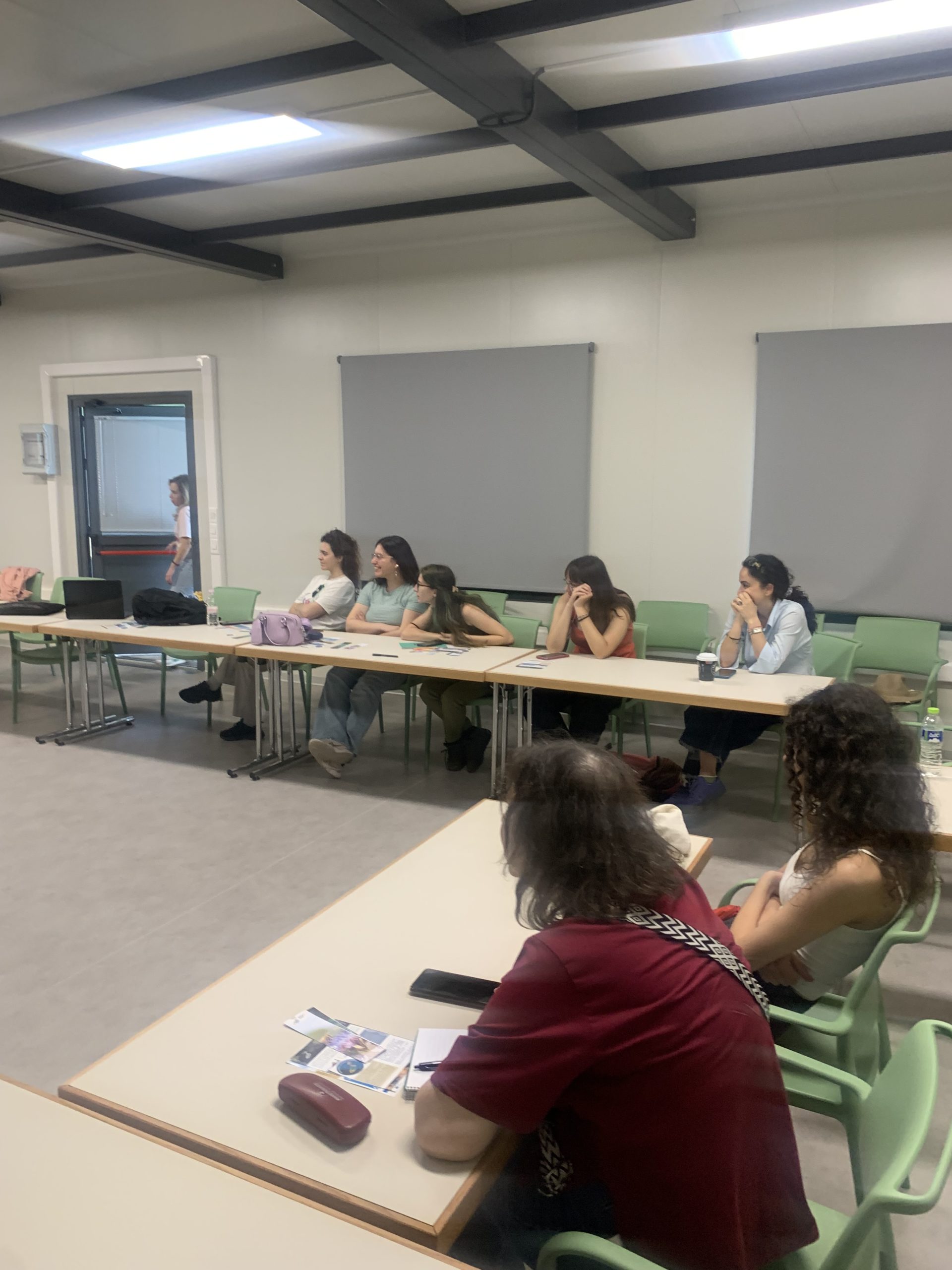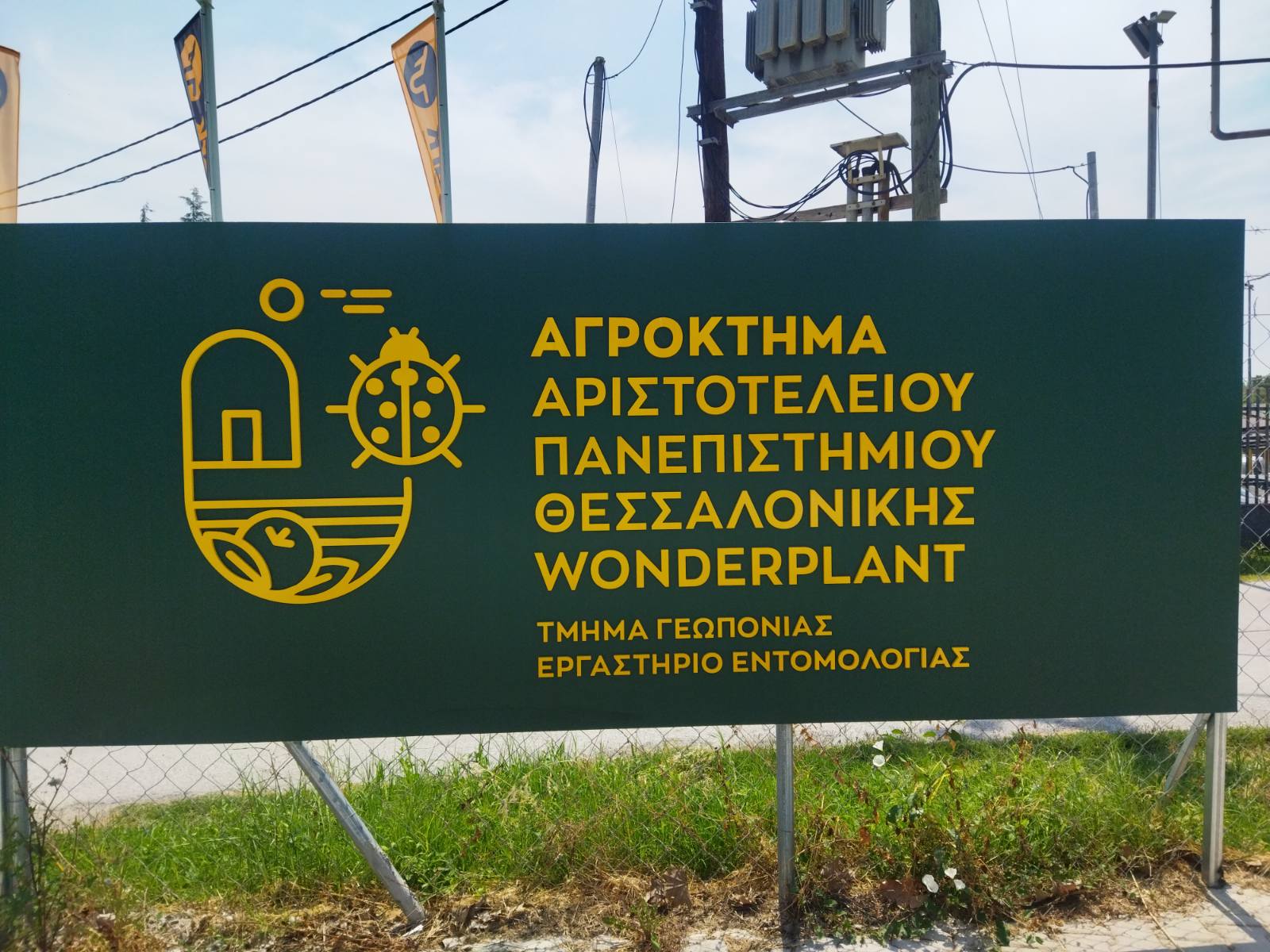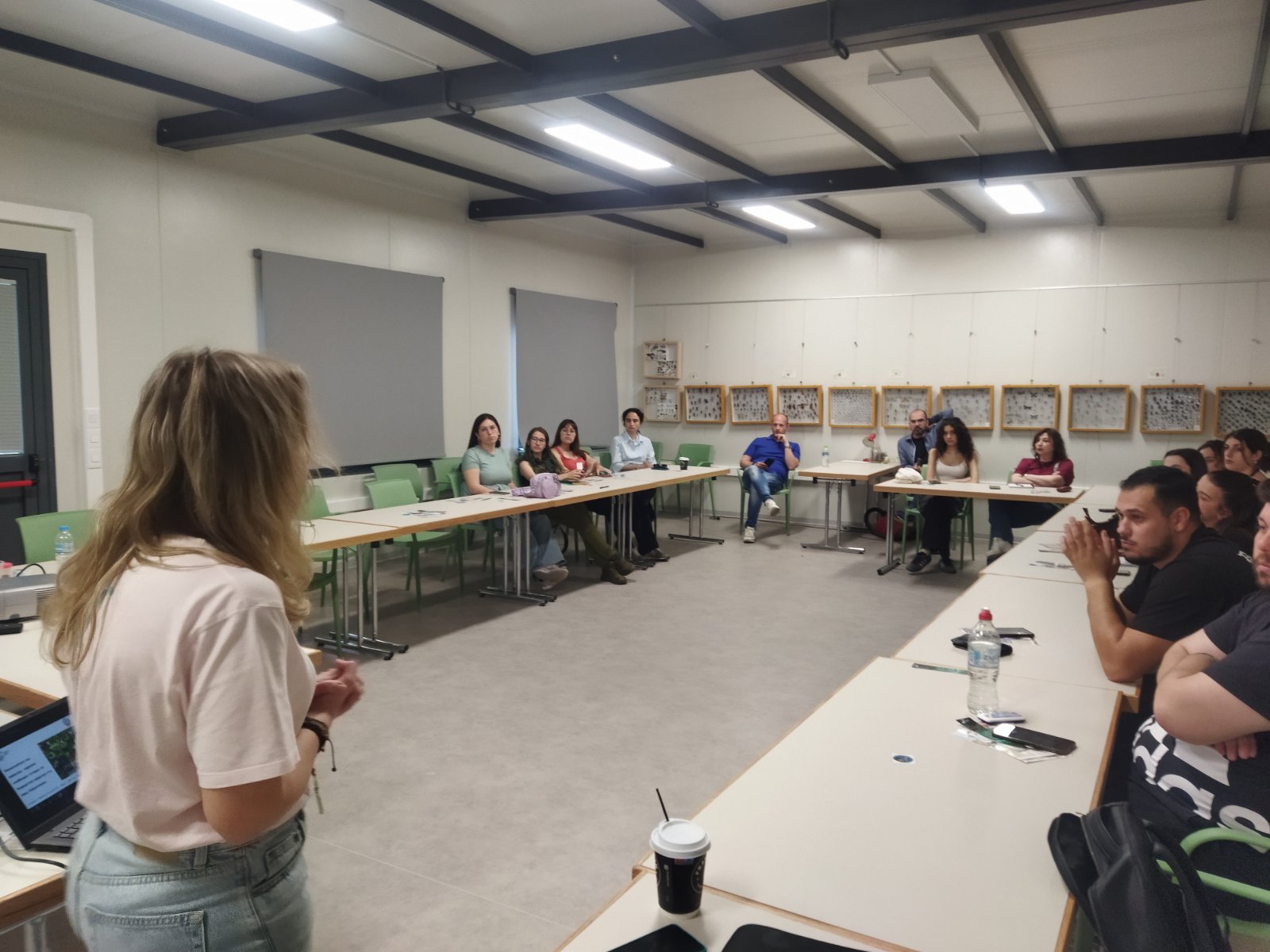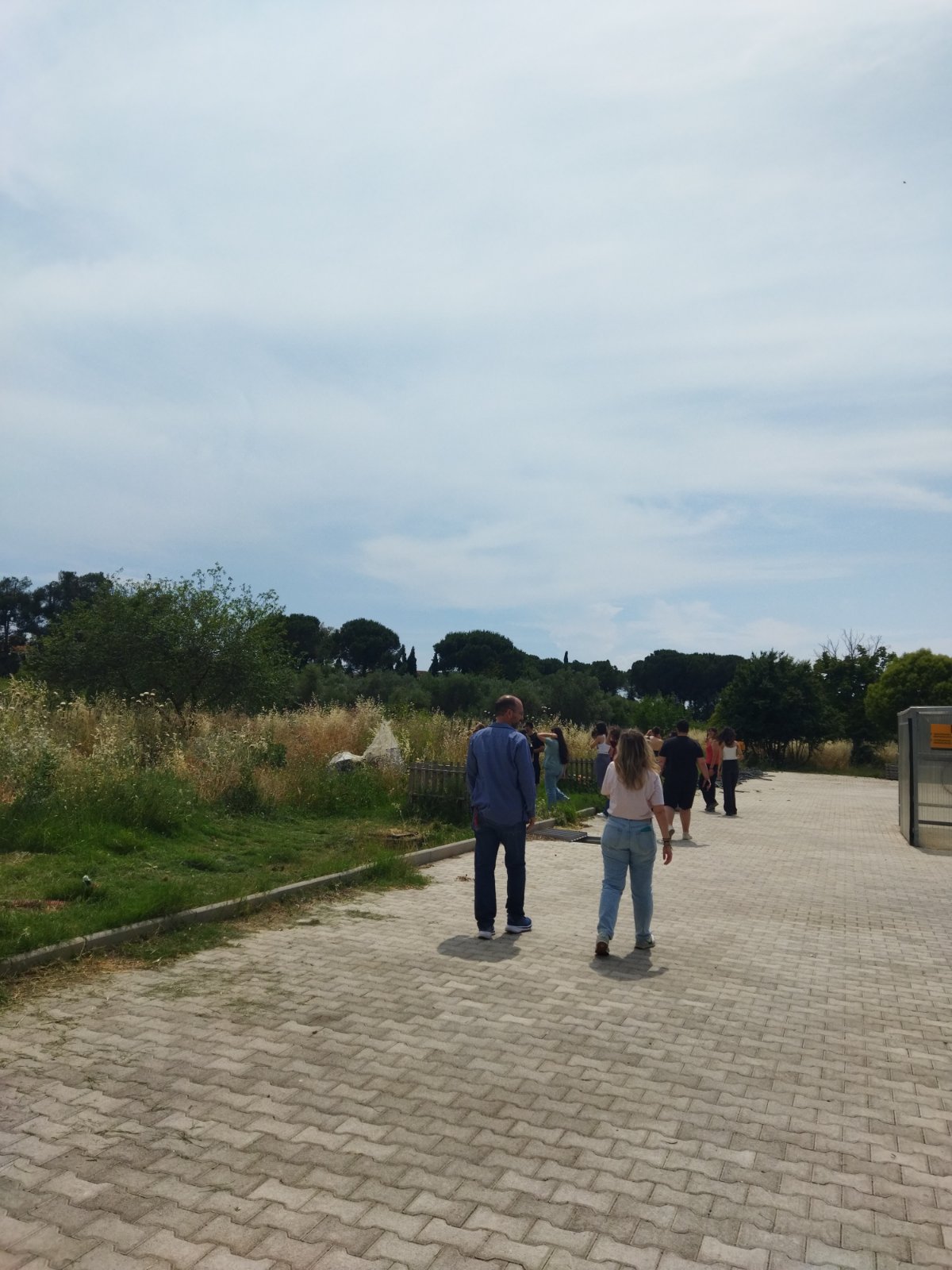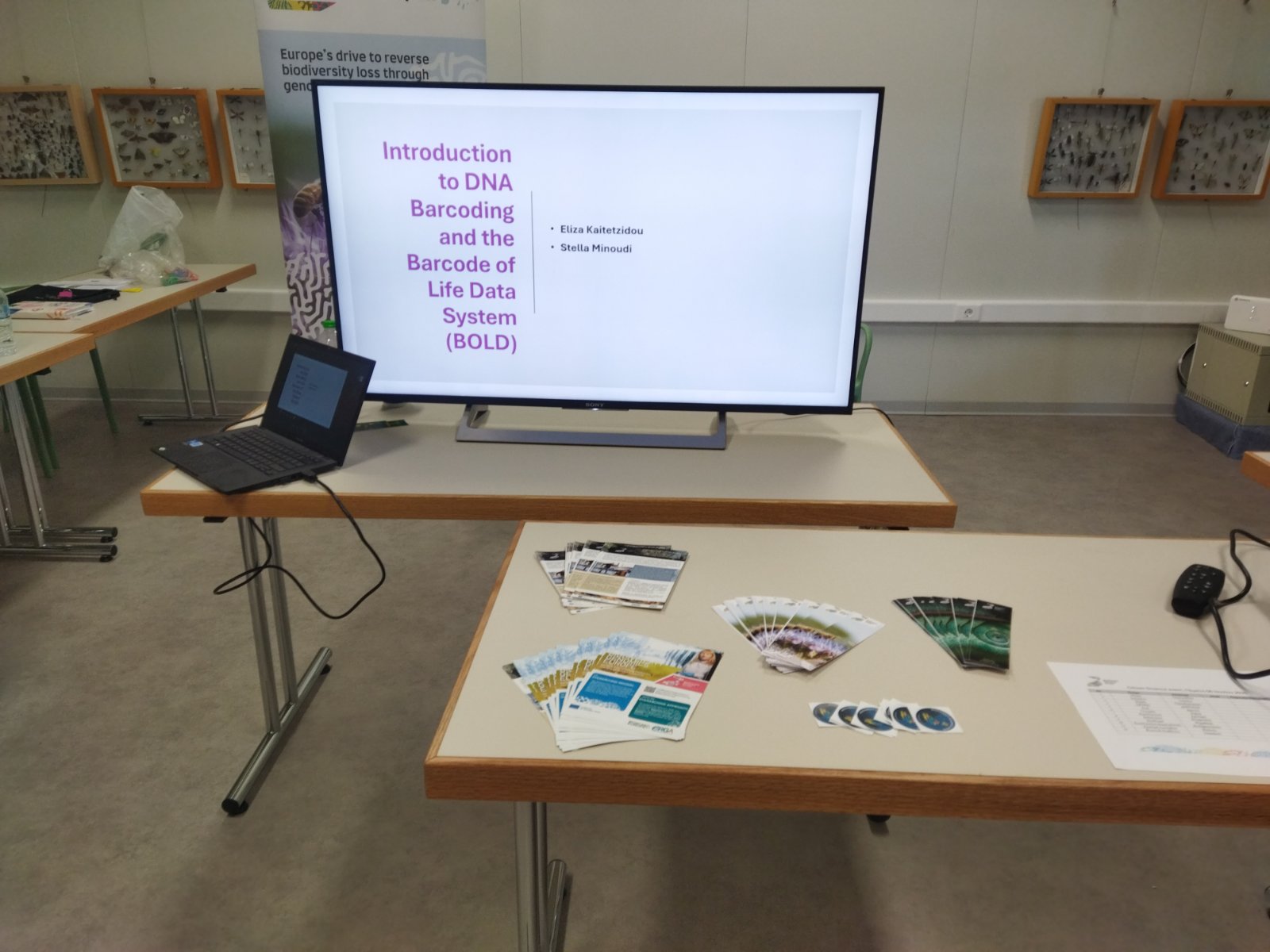Arthropods of the high mountains in Greece – 2025
Faculty of Agriculture & School of Biology of the Aristotle University of Thessaloniki
Farm of the Faculty of Agriculture of the Aristotle University of Thessaloniki (Greece), 5 June 2025
This June, the Faculty of Agriculture & School of Biology of the Aristotle University of Thessaloniki organised the “Arthropods of the high mountains in Greece – 2025” citizen science event at the farm of the Faculty of Agriculture of the Aristotle University of Thessaloniki. A total of 12 early career scientists (mainly of agricultural background) took part in the workshop. The participants delved into the world of insect biodiversity, learning about the diverse range of insects found in various ecosystems and their crucial roles in ecosystem functioning.
Overview of the event
The event provided participants with a comprehensive exploration of biodiversity and its significance. It began with an introduction to the goals of the BGE project, emphasizing the importance of biodiversity preservation for maintaining ecosystem balance, supporting ecosystem services, and safeguarding global health and well-being. Participants then delved into the world of insect biodiversity, learning about the diverse range of insects found in various ecosystems and their crucial roles in ecosystem functioning. They discovered the myriad benefits that insects provide to agriculture, medicine, and beyond, including pollination, pest control, nutrient cycling, and decomposition.
The event also included practical sessions, such as the presentation of the malaise trap—an essential tool for capturing flying insects. Participants gained insights into the design and operation of the trap, learning how it effectively collects specimens. They engaged in hands-on activities, studying collected samples under a stereoscope, allowing for detailed examination and identification of various insect species. They also participated in a DNA game, which allowed them to understand in simple way the principles of DNA barcoding.
Furthermore, attendees learned about the technical aspects of biodiversity research, including the importance of accurate metadata collection during citizen science activities and the use of the MinION sequencing device for barcode sequencing. They were introduced to the BOLD database and its wealth of information, highlighting its significance in biodiversity research.
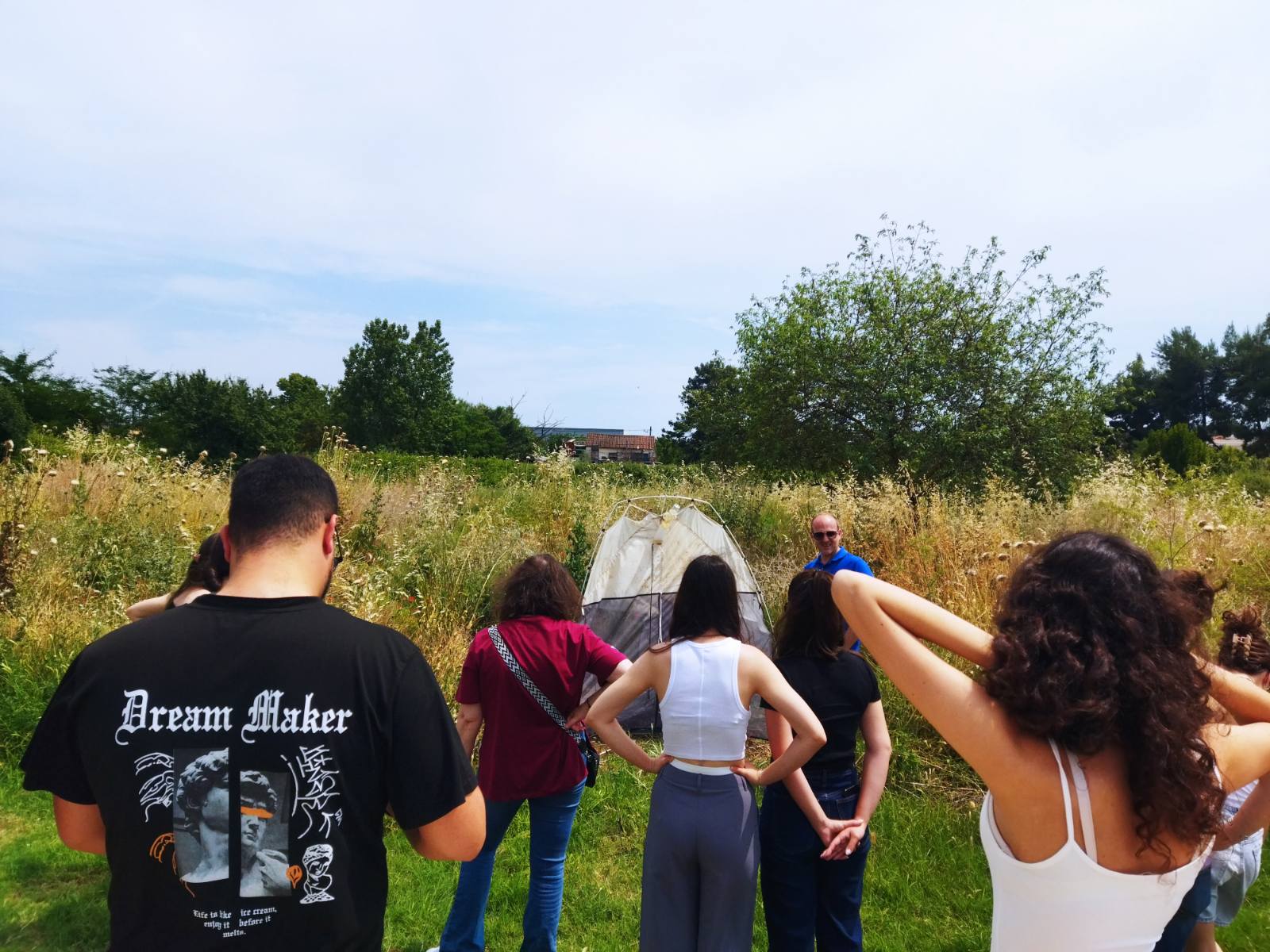
Snapshot of the “Arthropods of the high mountains in Greece – 2025” citizen science event. Photo by: BGE
Goals
- Introduction to the importance of biodiversity research and the BGE Project Goals: Participants were introduced to the overarching goals of the BGE project, which aims to address the pressing issue of biodiversity loss.
- Exploration of Insect Biodiversity: Attendees gained insights into the diverse range of insects found in various ecosystems. They learned about the crucial roles that insects play in ecosystem functioning and their profound impact on human activities, including agriculture, medicine, and beyond.
- Practical Hands-On Activities: Practical sessions, such as the presentation of the malaise trap and the study of collected samples under a stereoscope, provided participants with valuable hands-on experience in entomological research. They also participated in a DNA game in which they learned the principles of DNA barcoding.
- Technical Aspects of Biodiversity Research: Participants were introduced to the technical aspects of biodiversity research, including the importance of accurate metadata collection during citizen science activities. They learned about the MinION sequencing device for barcode sequencing and were introduced to the BOLD database, gaining insights into its significance in biodiversity research.
Content
11.30
Arrival at the venue location. Round of introductions.
12.00
Venue introduction & the big picture. Participants are introduced to the goals of the BGE project and why the preservation of biodiversity is important. The importance of biodiversity preservation was emphasized, highlighting its crucial role in maintaining ecosystem balance, supporting ecosystem services, and safeguarding global health and well-being.
12.30
Insect biodiversity & their benefits to human activities. Participants were immersed in the fascinating world of insect biodiversity and its profound impact on human activities. From pollination and pest control to nutrient cycling and decomposition, participants discovered the myriad benefits that insects provide to agriculture, medicine, and beyond. They also delved into the intricate relationships between insect biodiversity, ecosystem health, ecosystem services, and human well-being, recognizing the importance of conserving and protecting these invaluable creatures for present and future generations. Finally, participants were also introduced to the various methods of collecting arthropod samples (with special attention to mountain arthropods) as well as to the main sources of extinction of arthropods.
13.15
DNA barcoding & Nanopore DNA sequencing. Participants were introduced to definition, principles, and procedure of DNA barcodes as well as to the MinION sequencing device and its respective technology. A discussion was held on why BGE selected this technology for barcode sequencing.
14.00
Break & light lunch.
14.30
Presentation of the malaise trap. Participants were introduced to the malaise trap, an essential tool in entomological research for capturing flying insects. They learned about its design and operation, gaining insights into how it collects specimens effectively.
15.15
The importance of meta-data in data mobilisation, and data submission to BOLD etc. databases. The participants had the opportunity to learn about the importance of accurate and comprehensive metadata collection during citizen science collection activities. They were also introduced to the BOLD database and the wealth of information it provides.
15.40
DNA game. We played a simple DNA game in which participants had to manually reconstruct the DNA barcode sequence and then identify the corresponding arthropod from a reference library. In the end they got a sticker with their identified specimen. The purpose of the game was to provide a simple and playful introduction to the principles of DNA barcoding.
Feedback summary
Participants engaged in fascinating discussions and showed great interest. The venue, which was a site of entomological research, was the perfect setting for such an event, as there were lots of preserved insect exhibits and on-site experiments about entomology (greenhouses, agricultural setups, etc.).
Header: Arthropods of the high mountains in Greece – 2025. Image by: BGE



